Using a Spanish email template can really enhance your communication with Spanish-speaking clients and colleagues. Start with a formal greeting like "Estimado/a" and clearly state your email's purpose. Incorporate culturally relevant phrases, like "Gracias por su atención," to show respect and professionalism. Pay attention to grammar and accents to avoid misunderstandings. Keep your language clear and concise to ensure effective communication. A strong closing reinforces your message, prompting responses or actions. By following these tips, you can foster better relationships and create a more inclusive environment. You'll find even more helpful insights as you explore further.
Key Takeaways
- Use formal greetings like "Estimado/a" and clear subject lines to establish professionalism and intent from the outset.
- Clearly state the email's purpose in the opening sentence to enhance understanding and reduce miscommunication.
- Incorporate culturally relevant phrases and local customs to foster engagement and respect for the recipient's background.
- Avoid direct translations and instead express ideas naturally to prevent misunderstandings stemming from language nuances.
- Proofread for grammatical accuracy and tone alignment to maintain professionalism and clarity in communication.
Introduction

When crafting a Spanish email, you'll want to start with a clear introduction that sets the tone and purpose of your message. This is essential, as it shapes your reader's expectations and guides the flow of your communication.
Whether you're writing formally or informally, you need to choose appropriate greetings. For formal emails, use "Estimado/a," while "Hola" works well for informal settings.
Your introduction should state why you're reaching out, making it easy for your reader to grasp your intentions right away. If you're not confident in your language skills, don't hesitate to use translation tools. These resources can help you draft your introduction accurately, ensuring that your message is both clear and professional.
Familiarizing yourself with common phrases can also enhance your introductions. For instance, starting with "Gracias por su atención" can signal politeness and professionalism.
Lastly, remember to conclude your email with a statement expressing anticipation for a response, reinforcing your desire for engagement. By carefully crafting your introduction, you set the stage for effective communication, making your Spanish emails more impactful.
Cultural Context Enhances Understanding
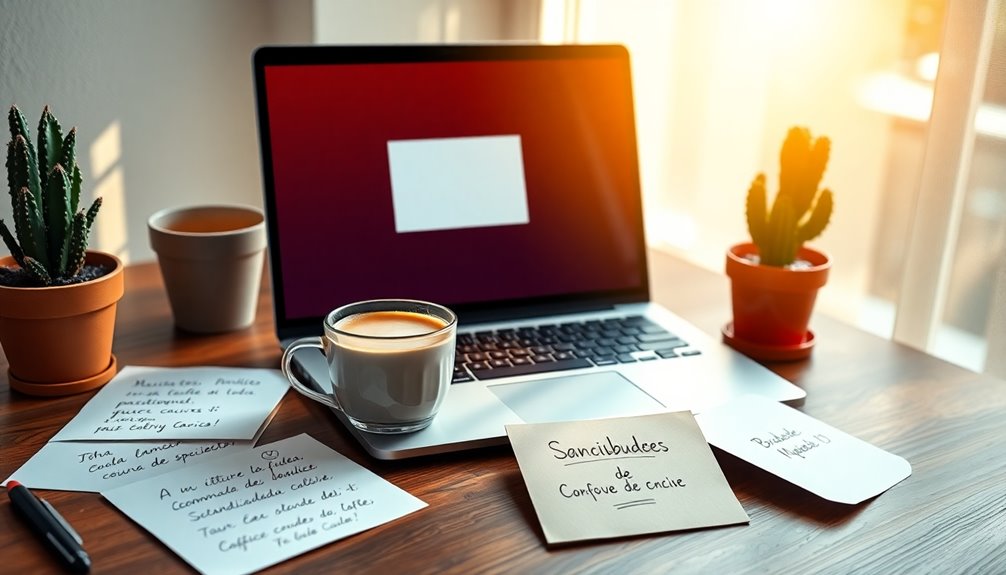
Cultural context plays a pivotal role in enhancing understanding in email communication. When you're crafting emails, especially in Spanish, recognizing the nuances of cultural context can significantly reduce the language barrier.
In many Spanish-speaking cultures, formal greetings and closings are crucial. They reflect respect and politeness, which can strengthen your rapport with the recipient.
Using inclusive language and demonstrating awareness of local customs not only enriches your message but also improves engagement. Acknowledging these cultural differences shows that you value the recipient's background, fostering a positive relationship.
Research indicates that recognizing these differences can lead to a 30% increase in successful interactions, making it clear that cultural awareness is vital.
Incorporating culturally relevant references or examples can make your emails more relatable and effective. By ensuring your communication resonates with the recipient's experiences, you bridge the gaps that might otherwise lead to misunderstandings.
Culturally Relevant Content Inclusion

Understanding cultural context not only enhances communication but also sets the stage for including culturally relevant content in your emails. When you're crafting a Spanish email, it's crucial to incorporate local customs and practices. Appropriate greetings and closings show respect for the recipient's culture, making your message more impactful.
Research reveals that 70% of misunderstandings stem from poor communication. By using culturally relevant content, you can minimize confusion and foster better understanding. For instance, referencing local holidays or traditions can make your message relatable and engaging, just as understanding temperament can help tailor your approach to the recipient's preferences.
Tailoring your language and tone to reflect cultural norms increases the likelihood of a positive response. If you know your recipient appreciates a more formal approach, adjust your style accordingly. This not only strengthens professional relationships but also demonstrates your commitment to effective communication.
Ultimately, by focusing on culturally relevant content in your Spanish email, you're not just sending a message; you're building a connection. Additionally, being aware of shared values and life goals can help you resonate more deeply with your audience. Remember, the more you embrace cultural nuances, the more meaningful your communication will be.
Email Structure Breakdown
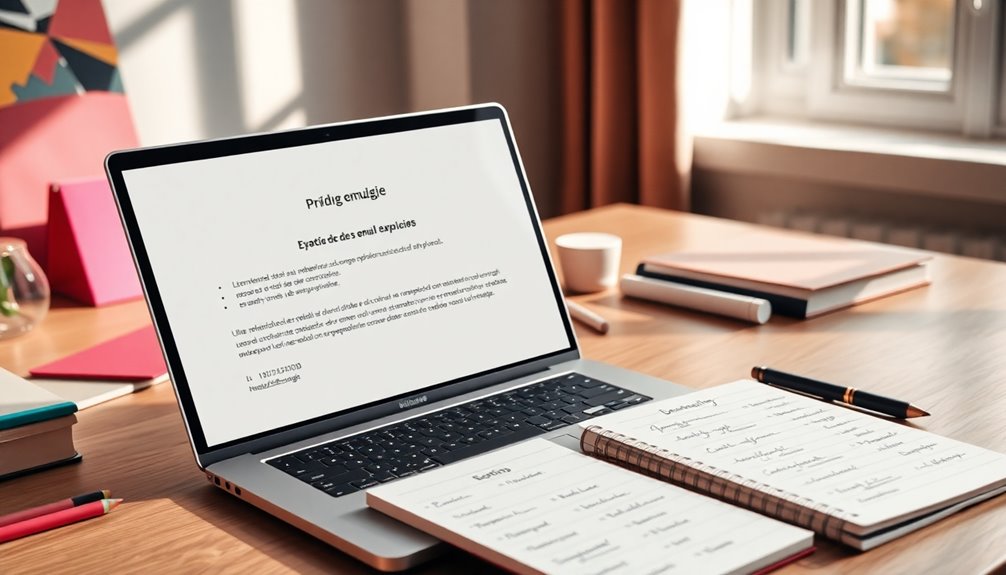
Crafting an effective Spanish email starts with a solid structure that guides the reader. Begin with a formal greeting like "Estimado/a" followed by the recipient's title and last name for a professional touch. If you're writing to friends or acquaintances, an informal "¡Hola!" works just fine.
Next, your opening sentence should clearly state the purpose of the email. Phrases like "Espero sus noticias" (I await your news) set the tone and let the recipient know why you're reaching out.
In the body, focus on using clear and concise language. Avoid complex vocabulary and jargon, as this enhances understanding across different language speakers.
For the closing, match the tone of your email. Use formal closings like "Atentamente," for professional correspondence, or casual ones like "Hasta pronto," for friends. For the closing, match the tone of your email. Use formal closings like “Atentamente,” for professional correspondence, or casual ones like “Hasta pronto,” for friends. Remember that the way you sign off can leave a lasting impression, so be mindful of the relationship and context. By practicing polished and professional email writing, you ensure your message is clear, respectful, and tailored to your audience. A thoughtful closing complements the email’s tone and strengthens your communication.
Finally, include a clear call to action or summarize key points at the end. This ensures the recipient understands your main message and what you expect from them.
Following this structure not only respects the Spanish language but also fosters effective communication.
Pro Tips for Maximizing Impact

Maximizing the impact of your Spanish emails requires a few strategic approaches. Start by using clear and simple language to enhance understanding; remember, 70% of misunderstandings come from poor communication.
In your opening sentence, state a specific purpose and include a call to action. This ensures your recipients quickly grasp the main point of your message.
Culturally sensitive greetings and closings are crucial, too. Tailoring these elements to match the tone of your email reinforces respect and understanding in diverse communication contexts.
When you're unsure about language nuances, leverage translation tools as a preliminary step, but always verify their accuracy. This helps you avoid inaccuracies that could confuse your audience.
Common Mistakes to Avoid

Commonly, mistakes in Spanish emails stem from poor translation and cultural misunderstandings. One of the most common mistakes you can make is using direct translations of phrases or idioms, which often don't convey the intended meaning. Instead, try to express your thoughts in a way that a native speaker would naturally say them.
Another pitfall is mismatching the level of formality in your greetings and closings. Using informal language in a formal context can seem disrespectful, so always gauge your audience.
Additionally, pay close attention to accents and punctuation; skipping accents can change word meanings significantly.
While it's tempting to showcase your vocabulary, limit the use of jargon and complex sentences. This can confuse non-native speakers and cloud your message.
Lastly, always proofread your email. Grammatical errors can undermine your professionalism and clarity in communication, making it crucial to double-check your work before hitting send.
Informal Greeting Template Example

When you're reaching out to a friend or a close colleague, starting your email with an informal greeting can set a welcoming tone. In Spanish, you might kick things off with "¡Hola!" followed by their name, like "¡Hola, Juan!" This simple greeting instantly establishes a friendly vibe.
For added warmth, consider asking "¿Qué tal?" (How are you?). This phrase not only enhances the conversational feel but also invites your recipient to share their thoughts or updates, encouraging open communication.
Using informal greetings is perfect for friends, family, or colleagues with whom you share a close relationship. Familiarity with these informal greetings helps bridge language gaps, making Spanish speakers feel more comfortable and engaged in the conversation.
For example, if you're emailing a close coworker named Maria, you could start with "¡Hola, Maria! ¿Cómo estás?" This approach not only sets the tone but also shows your effort to connect in their language.
Final Thoughts
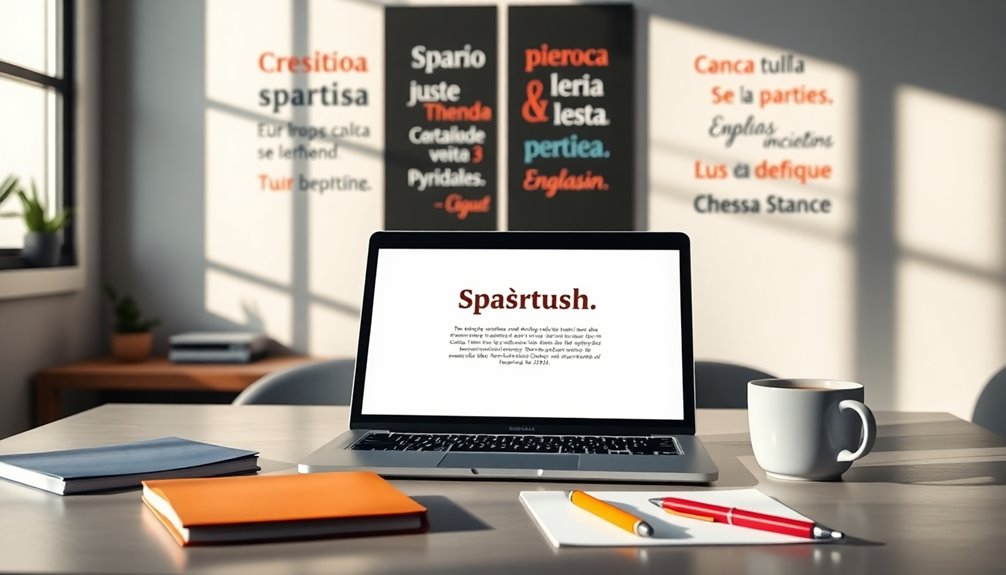
In summary, using a Spanish email template can greatly improve communication with Spanish speakers, fostering a more inclusive environment. By employing clear and simple language, you can minimize misunderstandings, as studies show that 70% of miscommunications arise from poor clarity. This is especially crucial in diverse workplaces where effective communication strengthens your community. Additionally, implementing predictive modeling can help identify communication barriers before they escalate.
Incorporating culturally sensitive practices when crafting your emails can enhance relationships and improve collaboration among team members. Don't hesitate to seek feedback on your Spanish email communications; this will help you adapt to your recipients' language proficiency levels and ensure your messages are well-received.
While translation tools can be helpful resources, use them cautiously. Always verify their accuracy to bridge language gaps effectively. Remember, the goal is to create a seamless communication experience that respects and values the language and culture of your Spanish-speaking colleagues. Additionally, utilizing Natural Language Processing can further enhance your communication efforts by providing insights into customer sentiment and preferences.
Ultimately, adopting a Spanish email template not only showcases your commitment to inclusivity but also enriches your professional relationships. By enhancing your communication skills, you're contributing positively to your workplace community and ensuring everyone's voice is heard.
Embrace these practices, and watch your connections flourish!
Frequently Asked Questions
How to Start a Spanish Email Formally?
To start a Spanish email formally, use "Estimado" followed by the recipient's title and last name, ending with a colon. Follow that with a polite opening statement like "Espero sus noticias" to set a professional tone.
How to Communicate With Spanish-Speaking Employees?
To communicate with Spanish-speaking employees, use clear language, incorporate translation tools, and foster inclusivity through bilingual training. Regular language workshops can enhance engagement and strengthen relationships, ensuring everyone feels valued and understood in the workplace.
How to End a Professional Email in Spanish?
To end a professional email in Spanish, use respectful closings like "Atentamente," or "Saludos cordiales." Always thank the recipient, and remember to leave space for your signature, name, and contact information.
Can You Start an Email With Good Evening?
Yes, you can start an email with "Good evening," especially if you're sending it later in the day. Just ensure it matches the time and formality needed for your recipient. It shows respect!
Natali – Editor in Chief (Strategy and Mastery, AI Expert) Natali, our Editor in Chief, is the driving force behind our content’s strategic direction. With a keen eye for detail and a deep understanding of market trends, Natali ensures that our content is top-notch and strategically aligned with our client’s goals. Her expertise in AI helps to seamlessly integrate advanced technology into our marketing strategies, pushing the boundaries of conventional marketing.

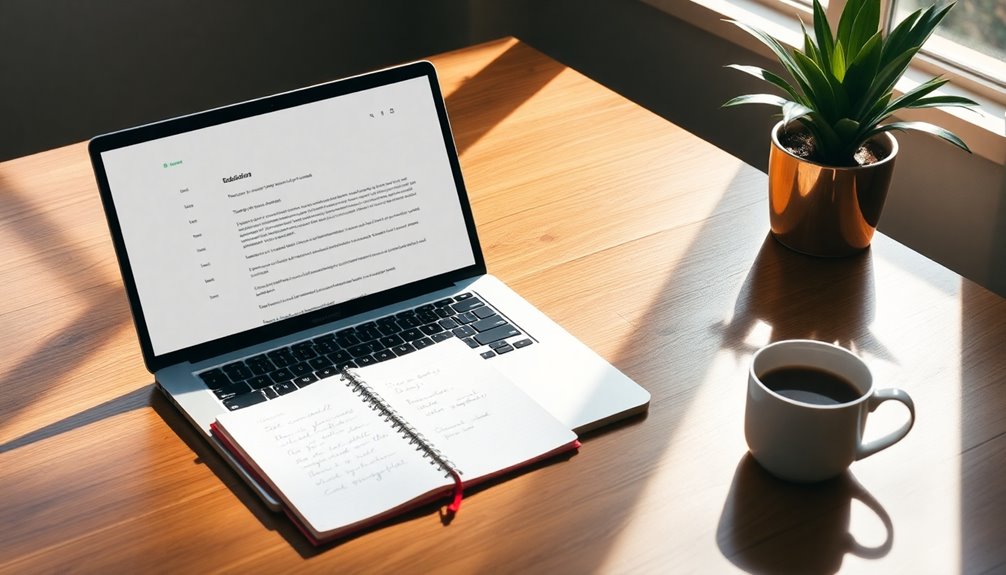


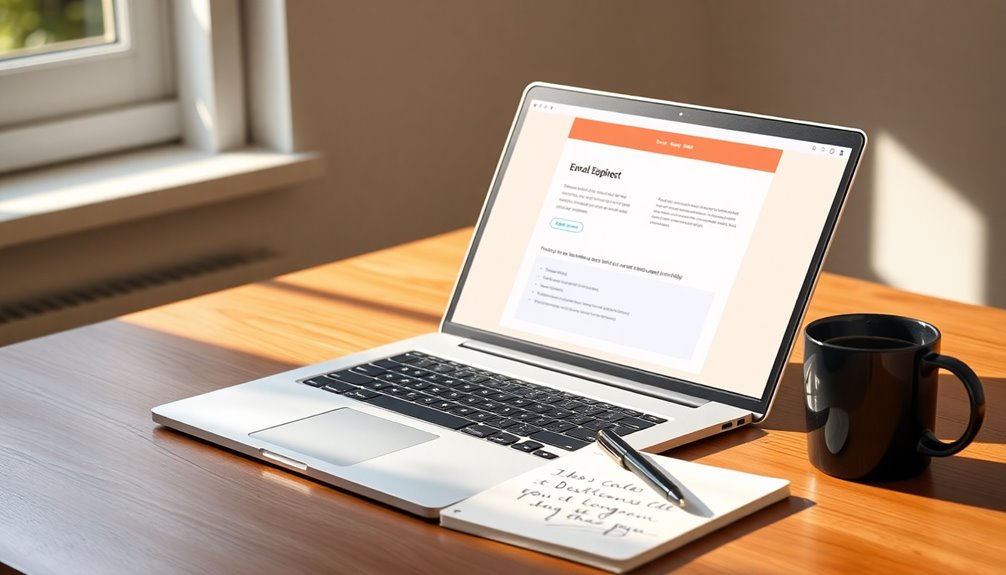
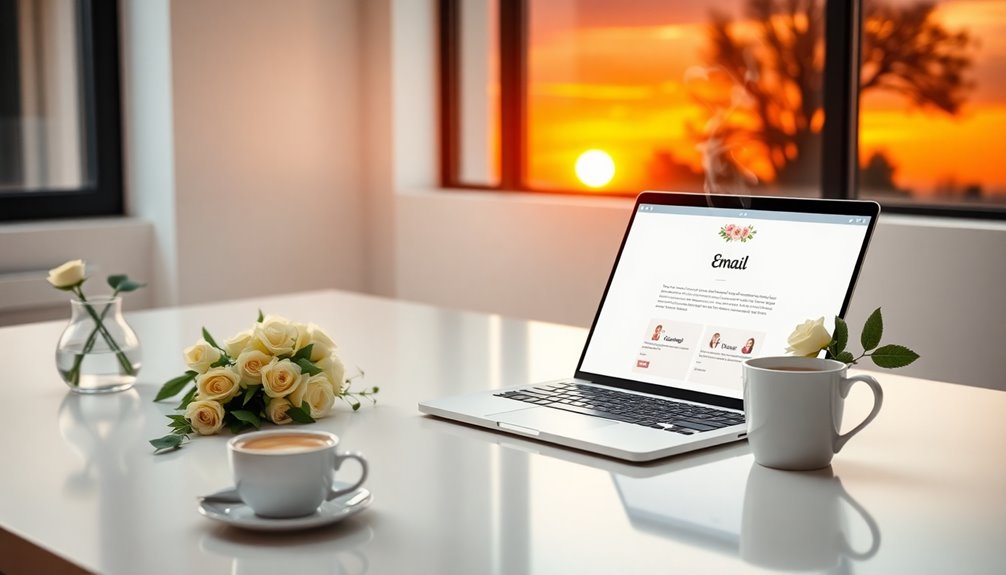
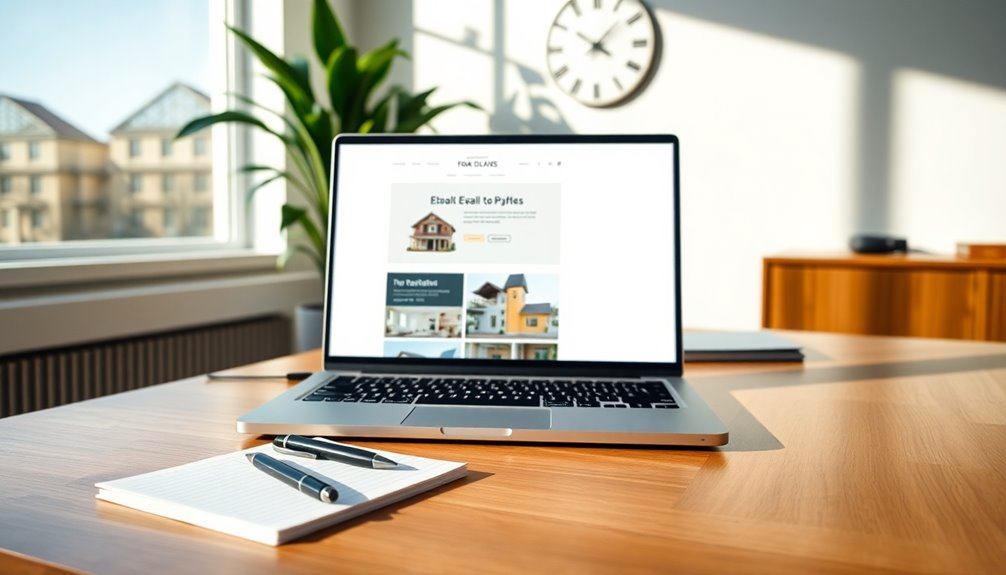


![Personalization Basics: Beyond "Hello [Name]" in Your Emails 27 advanced email personalization techniques](https://leftbrainmarketing.net/wp-content/uploads/2025/11/advanced_email_personalization_techniques_7bop8-260x140.jpg)
